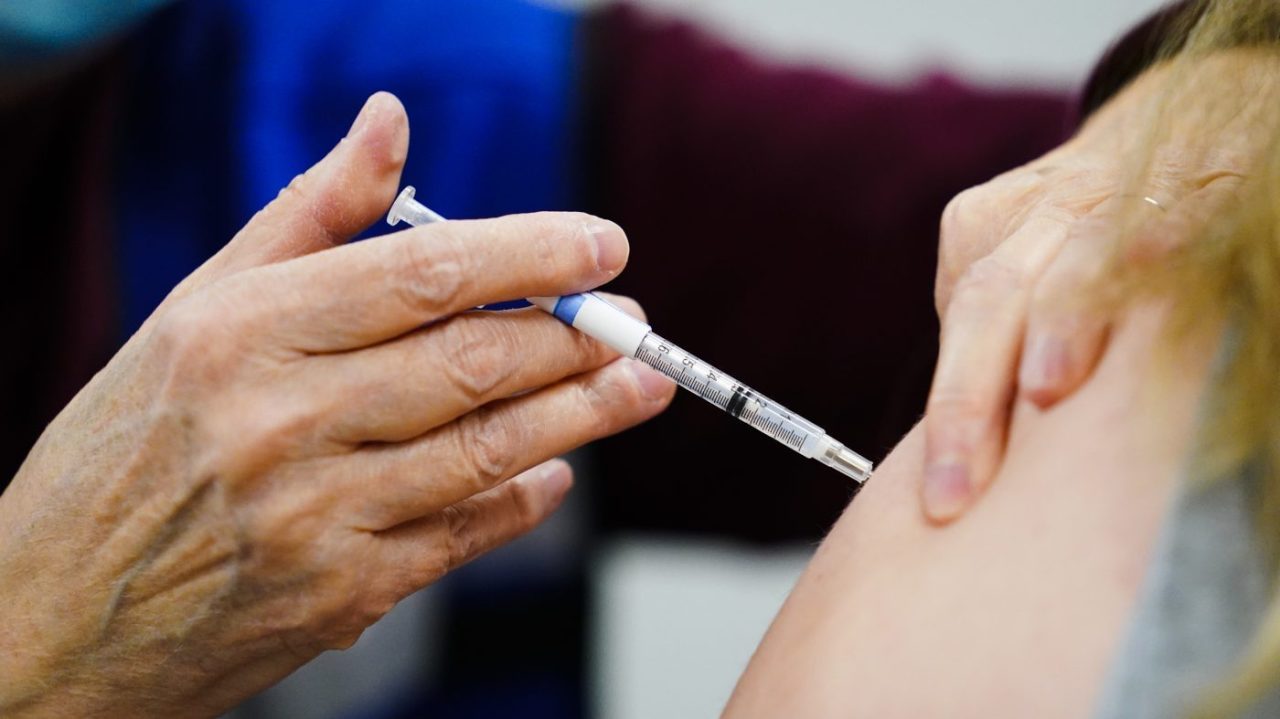The Food and Drug Administration (FDA) released updated guidance on COVID-19 vaccinations on Tuesday, in what the agency described as a move to “simplify” future vaccinations.
A big part of the FDA’s simplification is recommending only one dose of the bivalent COVID-19 vaccines created by Pfizer and Moderna for most people.
These are the vaccines that target the original Wuhan strain of the SARS-CoV-2 virus as well as the omicron variant BA.4 and BA.5 strains, and were first made available about 7 months ago.
The original COVID vaccines are no longer authorized for use in the United States after the FDA’s Vaccine Advisory Panel voted unanimously in January to eliminate them essentially for bivalent boosters.
FDA officials believe this new schedule will increase vaccine coverage nationwide.
With the official end of the COVID-19 national public health emergency in less than a month, this move toward shorter and simpler vaccination schedules marks a new step for the Biden administration away from the pandemic era of COVID-19.
Here’s what you need to know about the new guidelines:
You are entitled to a bivalent dose if…
- You have completed a first round of vaccinations against COVID-19 and have never received a dose of the updated bivalent version.
- You have never received a COVID-19 vaccine
This new orientation represents a relatively large portion of the American population. According to the Centers for Disease Control and Prevention (CDC), only 16.7% of eligible people received an updated booster shot.
Peter Marks, director of the FDA’s Center for Biologics Evaluation and Research, said there is evidence to support a simplified vaccination schedule. As he noted, most of the U.S. population is thought to have COVID-19 antibodies, either from prior infection or immunization.
Exceptions for at-risk groups
The new FDA guidelines broadly allow one-time extra doses of the updated vaccine, but groups that have been at higher risk throughout the pandemic are exempt from the new rule — to some extent:
- People over 65 who have already received a bivalent booster can receive a second dose at least four months after the first.
- Some immunocompromised people may receive one or more additional doses at least two months after receiving a bivalent booster, at the “discretion” of their healthcare provider.
- Young children are still eligible for multiple-dose vaccination schedules: a two-dose series of Moderna’s bivalent vaccine for children six months to five years old. A three-dose series of Pfizer’s bivalent vaccine for children six months to four years old.
- Five-year-olds have a choice of two doses of Moderna or one dose of bivalent vaccines from Pfizer.
- Children aged six months to five years, who have completed a primary series of the old vaccines, can receive the bivalent vaccine. The FDA said the number of doses will depend on “vaccination history,” although no further explanation was provided.
Guidance for moving forward
The CDC’s Advisory Committee on Immunization Practices (ACIP) will meet on Wednesday to discuss new vaccine guidelines. However, a vote on vaccine recommendations does not appear to be on the agenda for the committee meeting.
Advice on future doses of COVID-19 vaccines is expected later this year in preparation for the fall season, in a process reminiscent of how annual flu shots are approved.
“The FDA intends to make decisions regarding future vaccination for all different populations after receiving recommendations on the composition of the fall strain at an FDA advisory committee meeting to be held in June. “, said Marks during a briefing on Tuesday.
A decrease in the number of doses could also help mitigate the impact of expected price increases for COVID-19 vaccines, which will no longer be subsidized by the federal government once the public health emergency ends.
Both Pfizer and Moderna have offered steep price increases for their respective vaccines, with the burden of covering the costs shifting to health insurance companies.
Although both drugmakers have said their vaccines will remain free to consumers, healthcare stakeholders have warned that insurance companies could pass price increases on to customers through higher premiums.
Uninsured people will be able to get free doses through the companies’ internal patient assistance programs.
Copyright 2023 Nexstar Media Inc. All rights reserved. This material may not be published, broadcast, rewritten or redistributed.

